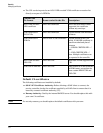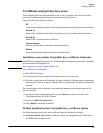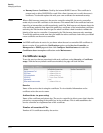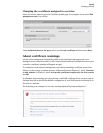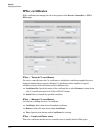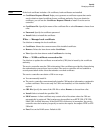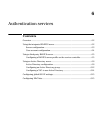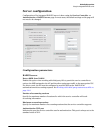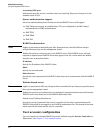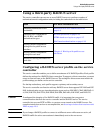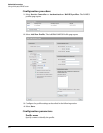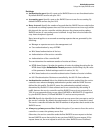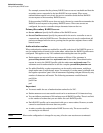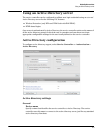
Authentication services
Overview
Overview
Before you can perform key authentication tasks such as setting up user authentication, you
need to first configure the desired authentication services related to the internal RADIUS
server or external RADIUS servers or Active Directories.
Once these services are configured, see Chapter 7: User authentication.
Using the integrated RADIUS server
The internal RADIUS server is not intended as a replacement for the high-end/high-
performance RADIUS server required for large scale deployments. Rather, it is offered as a
cost-effective solution for managing small hotspots or enterprise networks.
Primary features
Provides termination of 802.1X sessions at the service controller for clients using
WPA/WPA2 with EAP-PEAP, EAP-TLS and EAP-TTLS. Support for other EAP protocols
is viable using proxy mode.
Provides MAC-based authentication of wireless users connected to both controlled and
autonomous APs.
Can be used to validate login credentials for HTML-based users.
All locally defined user account options (user accounts, account profiles, and
subscription plans) presented on the Service Controller >> Users menu are handled by
the internal RADIUS server.
Allows RADIUS accounting data to be sent to an external RADIUS server. (The internal
RADIUS server does not provide support for accounting.)
Local user accounts and account profiles have been designed to match the same
functionality and support as can be provided by an external RADIUS server. Most of the
AVPairs supported on an external RADIUS server are also supported by the integrated
RADIUS server.
6-2



